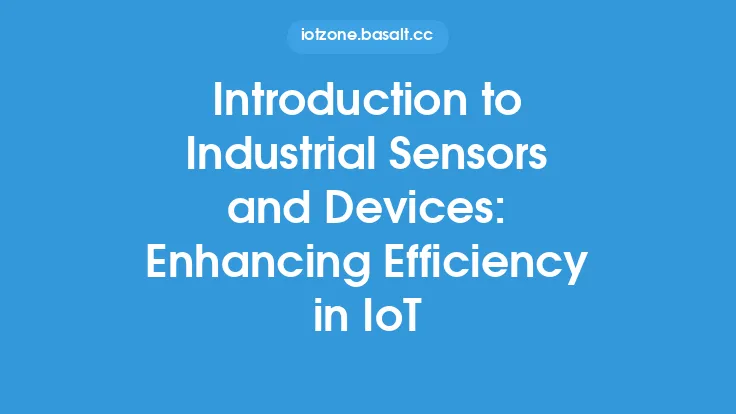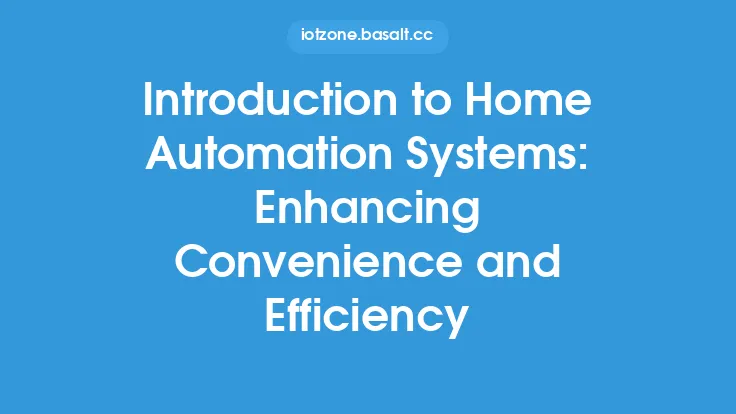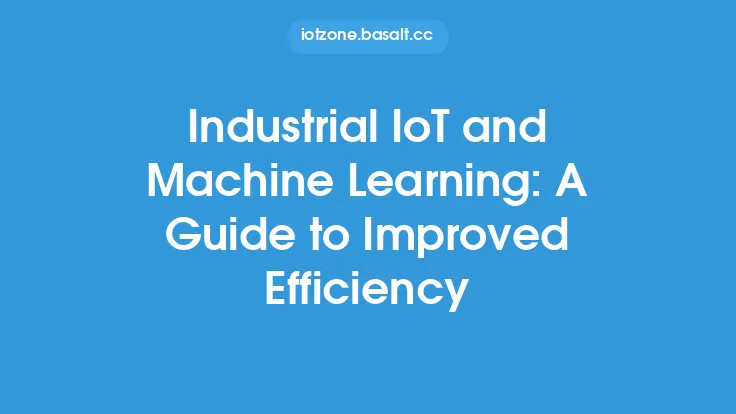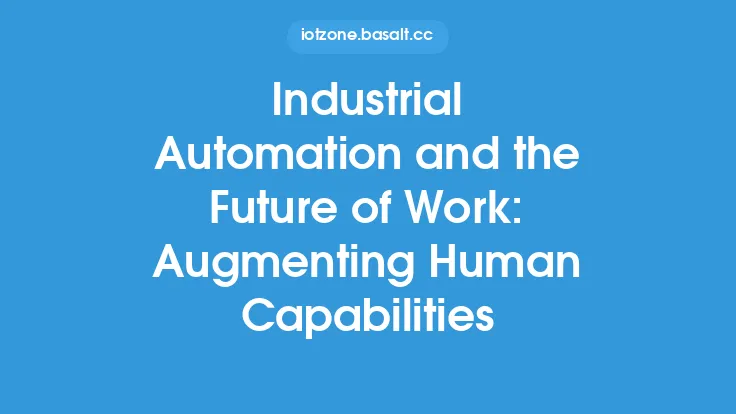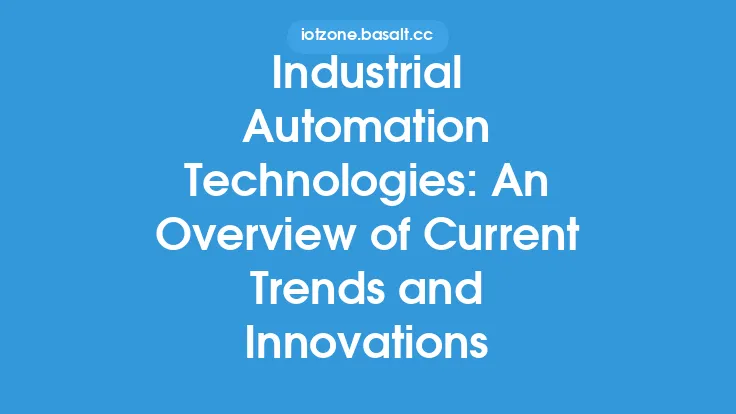Industrial automation refers to the use of control systems, machines, and information technologies to optimize and automate industrial processes, thereby enhancing efficiency, productivity, and reducing costs. At its core, industrial automation involves the integration of various technologies, including robotics, computer vision, sensors, and programmable logic controllers (PLCs), to create a highly efficient and adaptive production system. This integration enables industries to streamline their operations, improve product quality, and respond quickly to changing market demands.
History and Development of Industrial Automation
The concept of industrial automation has been around for several decades, with its roots in the early 20th century. The first industrial automation systems were based on mechanical and electromechanical devices, which were used to control and monitor industrial processes. The introduction of the microprocessor in the 1970s revolutionized industrial automation, enabling the development of more sophisticated control systems and the widespread adoption of automation technologies in various industries. Since then, industrial automation has continued to evolve, with advances in technologies such as robotics, artificial intelligence, and the Internet of Things (IoT) driving innovation and growth in the field.
Key Components of Industrial Automation Systems
Industrial automation systems typically consist of several key components, including sensors, actuators, controllers, and communication networks. Sensors are used to monitor and measure various parameters, such as temperature, pressure, and flow rate, while actuators are used to perform specific actions, such as opening or closing valves. Controllers, such as PLCs or distributed control systems (DCS), are used to process data from sensors and send control signals to actuators. Communication networks, such as Ethernet or fieldbus, enable the exchange of data between different components and systems, facilitating coordination and control of industrial processes.
Types of Industrial Automation
There are several types of industrial automation, including fixed automation, programmable automation, and flexible automation. Fixed automation involves the use of dedicated machines or equipment to perform specific tasks, while programmable automation involves the use of computers or PLCs to control and monitor industrial processes. Flexible automation, on the other hand, involves the use of robots or other flexible machines to perform a variety of tasks. Each type of automation has its own advantages and disadvantages, and the choice of which type to use depends on the specific needs and requirements of the industry or application.
Industrial Automation Technologies
Industrial automation technologies include a wide range of devices, systems, and software, such as robotics, computer vision, and machine learning. Robotics, for example, involves the use of robots to perform tasks such as assembly, welding, and material handling. Computer vision involves the use of cameras and image processing algorithms to inspect and monitor products, while machine learning involves the use of algorithms and statistical models to analyze data and make predictions or decisions. Other industrial automation technologies include human-machine interfaces (HMIs), supervisory control and data acquisition (SCADA) systems, and manufacturing execution systems (MES).
Applications of Industrial Automation
Industrial automation has a wide range of applications across various industries, including manufacturing, process control, and logistics. In manufacturing, industrial automation is used to improve product quality, reduce production costs, and increase efficiency. In process control, industrial automation is used to monitor and control parameters such as temperature, pressure, and flow rate, while in logistics, industrial automation is used to automate tasks such as material handling and inventory management. Other applications of industrial automation include oil and gas, power generation, water treatment, and food processing.
Benefits of Industrial Automation
The benefits of industrial automation are numerous and well-documented. These benefits include improved product quality, increased efficiency, and reduced production costs. Industrial automation also enables industries to respond quickly to changing market demands, improve operational visibility and control, and reduce the risk of accidents and errors. Additionally, industrial automation can help industries to improve their environmental sustainability, reduce energy consumption, and comply with regulatory requirements. Overall, industrial automation has the potential to transform industries and drive economic growth, making it an essential component of modern industrial operations.
Challenges and Limitations of Industrial Automation
Despite its many benefits, industrial automation also poses several challenges and limitations. These challenges include the high upfront costs of implementing automation systems, the need for specialized skills and training, and the potential for job displacement. Additionally, industrial automation systems can be vulnerable to cyber threats and data breaches, which can compromise their integrity and reliability. Furthermore, the integration of automation systems with existing infrastructure and equipment can be complex and time-consuming, requiring significant planning and resources. To overcome these challenges, industries must invest in employee training and development, implement robust cybersecurity measures, and adopt a strategic approach to automation.
Future of Industrial Automation
The future of industrial automation is exciting and rapidly evolving, with advances in technologies such as artificial intelligence, IoT, and robotics driving innovation and growth. The increasing use of cloud computing, big data analytics, and digital twins is also expected to transform industrial automation, enabling industries to optimize their operations, improve product quality, and reduce costs. Additionally, the development of new automation technologies, such as collaborative robots and autonomous systems, is expected to expand the scope and applications of industrial automation, enabling industries to automate tasks that were previously impossible or impractical to automate. As industrial automation continues to evolve and improve, it is likely to play an increasingly important role in shaping the future of industries and economies around the world.
